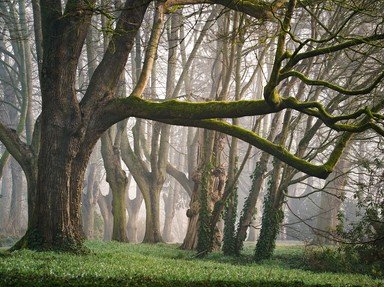
Lovelier than a Poem Trivia Quiz
Joyce Kilmer wrote he'd never seen a poem lovely as a tree. Besides their beauty, trees serve a multitude of purposes from food to construction to medicine. Match up these trees with their description or use.
A matching quiz
by SixShutouts66.
Estimated time: 3 mins.